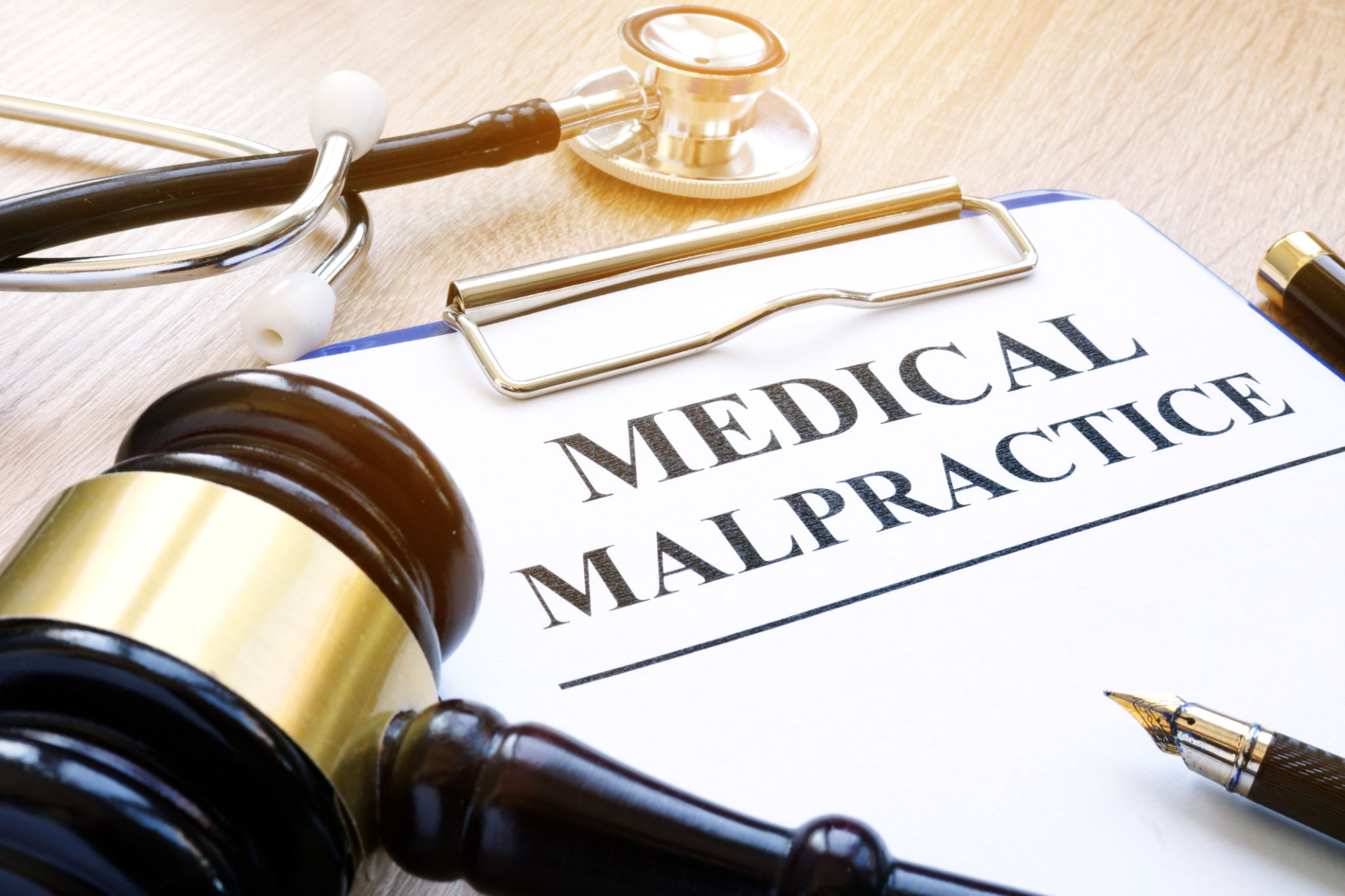Malpractice and Negligence: What Every Client Should Know
Understanding Malpractice and Negligence
When it comes to legal and medical services, terms like malpractice and negligence often surface. These concepts are crucial for clients to understand, especially if they are affected by the actions of professionals in these fields. While both terms involve a failure of duty, they differ in their implications and consequences.
Malpractice refers to a professional's failure to perform their duties to the accepted standard of practice, leading to harm to the client or patient. It is a specific type of negligence, usually involving professionals like doctors, lawyers, or accountants. On the other hand, negligence generally refers to any act of carelessness or lack of action that results in harm, regardless of the professional context.

Key Differences Between Malpractice and Negligence
The primary difference between malpractice and negligence lies in the scope and context. Malpractice is specific to professional services and requires proof that the professional failed to meet the standards of their profession. Negligence, however, can occur in any situation where a duty of care is owed and breached, leading to injury or damage.
In a malpractice case, the plaintiff must establish that there was a professional relationship and that the professional’s actions deviated from the standard practices of their field. In contrast, proving negligence involves showing that there was a duty of care, the duty was breached, and this breach caused harm.
Recognizing the Signs of Malpractice
Understanding the signs of malpractice can help clients recognize when they might have a case. Some common indicators include:
- Lack of informed consent
- Errors in diagnosis or treatment
- Failure to follow standard procedures
- Omission of crucial steps in a process

Steps to Take if You Suspect Malpractice
If you believe you have been a victim of malpractice, it is essential to act promptly. Here are steps you can take:
- Gather all relevant documentation and records related to your case.
- Consult with a qualified attorney who specializes in malpractice cases.
- Ensure you have a clear understanding of the statute of limitations in your jurisdiction, as time limits can vary.
Taking these steps can help ensure that your rights are protected and give you the best chance at a successful resolution.
The Importance of Legal Assistance
Legal assistance is crucial when dealing with cases of malpractice or negligence. An experienced attorney can help navigate the complex legal landscape, ensuring that all aspects of your case are thoroughly examined and presented.

A lawyer can also provide guidance on whether to pursue a settlement or take the case to court. They play a vital role in gathering evidence, consulting with experts, and advocating on your behalf throughout the legal process.
Preventing Malpractice and Negligence
While it’s impossible to eliminate all risks, certain measures can help reduce the likelihood of malpractice or negligence:
- Select professionals with proven track records and good reputations.
- Ensure clear communication and maintain records of all interactions.
- Don’t hesitate to ask questions or seek second opinions if unsure about advice or treatment.
Being proactive and informed can significantly reduce risks and contribute to more positive outcomes in professional interactions.